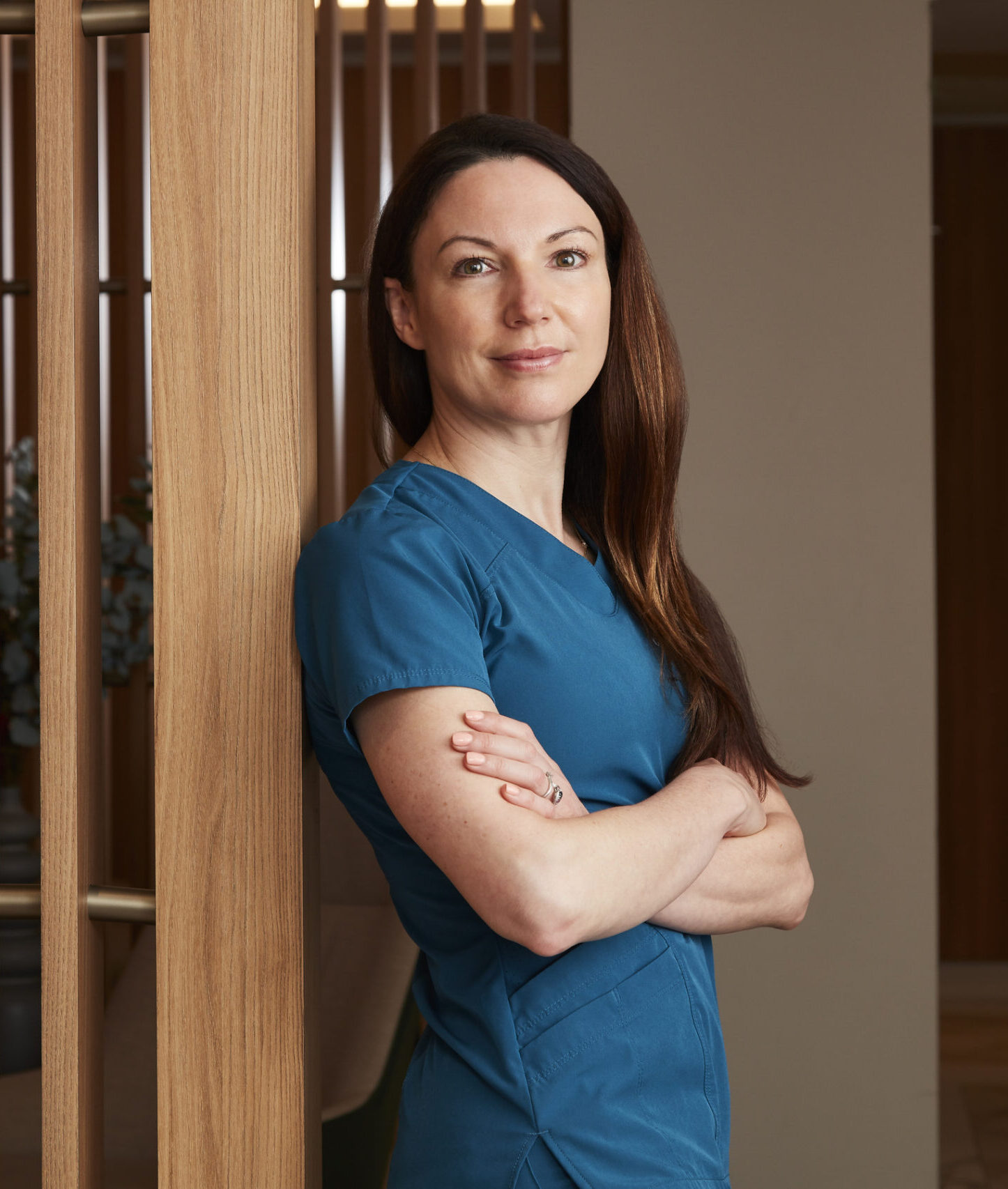
Insider Interviews: Dr. Emma Craythorne: Dermatologist & KLIRA Founder
Join us for our exclusive interview with Dr. Emma Craythorne, dermatology's trailblazer and the esteemed founder of KLIRA. Dr. Craythorne shares her career journey, top tips for radiant skin, and her favourite beauty products and wellness spots.
by Amy Wilson WylesYou can also listen to the interview over on our podcast channel.
The Resume
Job Title: My official job title is Consultant Dermatologist and Nose and Laser Surgeon. So that is my overall grand title, but I go under quite a few different hats as well. I sit as the president of the British Cosmetic Dermatologists. I am a founder of KLIRA and also host television series, The Bad Skin Clinic.
Location: I’m based out of London and I work at Guy’s and St Thomas’ Hospital, which is my NHS job and One Wellbeck, which is where my private practise is, and then at KLIRA, which is our online dermatology clinic.
Famous For: Within the world of dermatology, people know me as a dermatologist who likes to try and work out really what is going on. So a dermatology detective and skin solver, that’s probably what I’m best known for.
Years in the Industry: I’ve been a doctor now for 25 years and I’ve been working in the field of dermatology since 2004, so that is nearly 20 years.
The Backstory
One of the things I love about dermatology is that it’s right in front of you. The patient is there telling you a story and all the clues are right there. You just have to look and then piece the pattern together. From a young age that desire to be able to see things and solve a problem quickly is always something I’ve really liked and therefore dermatology is quite a good field to get into. I love every single aspect of it. I’m fascinated. I feel like I’m never off duty because I just spot things everywhere. Excuse the pun.
The thing that first sparked my interest was that I’m from Northern Ireland and I was injured in a bomb when I was about 16. It was actually also the day that I first met my husband, but I was 16 and we went to the hospital and the doctor who was fixing my leg said, “You’re very interested in all of this”. I said, “Yeah, I just love it. How is the skin going to heal?” And he was describing it all to me and he said, “Would you like to put a stitch in?” And I said that I’d love to”. So he showed me how to do that and then I had to have all these special dressings on the leg and just spent my time watching how this leg was being fixed. And that is where I got this fascination about the skin.
It’s really satisfying helping people. It’s not just about skin, it’s also about the entire change it can have on a patient. And it’s so frustrating sometimes to hear as a doctor as well as a dermatologist say, “Oh, that’s just a bit of eczema or that’s just a lipoma or a cyst.” It’s never really just that. It might not be going to kill that person, but if they can’t have the relationships that they want to, can’t get the jobs that they want to, can’t look people in the eye because of it, all of those things really impacts someone’s life if they’re not able to get on top of it.
What I spend most of my time on is UV skin damage. I treat skin cancers and all of the issues with skin cancers, but aside from that I’m really focused on skin ageing because the vast majority of what happens to our skin as we age, well nearly all of it, is to do with UV. So my real area is trying to not only fix and repair but also educate on how to prevent.
People are definitely getting better when it comes to SPF. Once you get to your thirties for example, that is typically when you really start to see the first effects of fine lines, brown spots and maybe redness as a consequence of sun damage. And at that point people will typically realise that they do need to put SPF on every day.
But we can’t really ever get away from the fact that in our society being tanned is regarded as something that looks attractive. Who that influences most is teenagers and those in their early twenties where they don’t see the damage that they’re doing until 10 years later. So that’s the message that still needs to be pushed a little bit more. But there are now very wearable SPFs that people want to wear, so I think this overlap where SPF has now become part of our beauty routines will make people use it more.
If you want to look three forever then you should start wearing SPF from childhood! We don’t typically recommend babies wearing sunscreen, you should just keep them out of the sun altogether. But from the age of around about one to one and a half onwards – when they’re moving around – is when you want to really try and avoid burning.
Before the age of 16, two or three episodes of burning in children with fairer skin types increases their risk in the future of getting skin cancer by about 60 to 70%. It’s a lot. In the UK’s climate, for children who have very fair skin types, so those ones who have type one, which means maybe red hair, white skin, freckle very, very easily – starting to get them to wear a daily sunscreen every single day, probably from about the age of 12, is a reasonable thing to do. In fact, I do that with my own daughters, one whom has red hair freckles, green eyes, the other has dark hair, dark eyes, but it’s getting in the habit of putting that on every single day from about that age. And it doesn’t have to be all over, it’s just the face and a little bit on the neck and hands.
Not all is lost even if you are older and haven’t been wearing SPF. A lot of sun damage is actually reversible or if not totally reversible, but treatable with the right treatment. At a younger age it’s about educating people about SPF and then when people are a bit older, it’s also about the other types of treatments that you can do just to get the skin health back. And then from a cosmetic side, we can use all of this knowledge to make people’s skin much better and essentially slightly reverse age the skin with the kind of topical medicines that we know how to use.
During lockdown I ended up having to do a lot of my consultations via video where you can’t properly examine someone’s skin. However, I realised that there are questions that will help you to understand someone’s skin without being there in person. After Covid, when we were able to see patients in real life, we could then test this and say, did these questions really work? And the answer was yes, it did, and it worked very, very successfully.
What we then realised was that people do not have a skin type. It just doesn’t exist. The idea that somebody has oily skin and you’ve got oily skin forever is not the case. You might well have oily skin, but what are your melanocytes doing? What is the collagen doing and what about fibroblasts? Are they making the collagen? And what’s the skin barrier doing? So it’s not just one factor that people need to understand about their skin. It’s multifactorial, and it all mixes in together.
Instead of skin types, we created twelve skin sizes. The idea with skin sizes was to really simplify all of the workings in our head into a number so that once you have your number, you’re like, “okay, that’s my number”. So for example, I’m a skin size one. That means my skin is oilier than the general population. It also means I’m prone to pigmentation. It also means my skin barrier is not very good and I need a bit of extra help with that. And it also means my collagen needs a bit of support and boosting, and I need to protect it as well. Now, you’re never going to remember all of that, but you will go, I’m a skin size one and that’s dead easy. And that then guides you to the right kind of SPF, cleanser or moisturiser for your skin.
With KLIRA, it’s all about simplifying it and giving people one product. If you’re taking all of these dynamic aspects of the skin into consideration, when you then come up with a formulation for someone, they’re much more likely to tolerate it. When I’m preparing the formulation that you get, it’s taking all of your skin tendencies and issues into consideration and everything is put into one product, everything. It’s not, “do this in the morning, do this at night, do this in the middle of the day”. Everything that you’ll need is at the right dose in one product that your overall skin size really likes, so you can actually use it.
Your skin size tends to stay the same throughout your life because it is actually dictated by your genetics. Your melanocytes and oil glands will behave in a certain way because they’re your melanocytes and oil glands. So it’s really down to your genetics, which is fixed. Environmental exposure can of course cause changes, as can taking medications like the oral contraceptive pill, or whether you become pregnant or just age and go from puberty to postmenopausal. So that environmental aspect can change, but your genetics really don’t. So actually most people’s skin sizes do not change. Your skin can get much better and you can have the most perfect skin ever, but actually if you weren’t following the right regime or you weren’t following the right environmental advice then you would have a tendency to fall back into the issues that you might’ve suffered from based on that particular skin size. However, where your skin size can change is really related to what the collagen level is in your skin and how you can help to improve that. So some people might change from say a two to a three, but you’ll always be flipping between these ones rather than having a completely different skin size altogether.
The result is that everybody has a slightly different KLIRA blend, it is completely prescriptive skincare made for you. But I’ll give you some of the overall medications as well as the glorious treatments that are within it. So within skincare, we all want to have stuff that feels nice and looks nice. And that’s why over the counter nighttime creams are filled with really gorgeous ingredients that hydrate the skin and make the skin glowy. So things like hyaluronic acid, different types of ceramides, all of these things feel nice and make the skin immediately or the next day look hydrated and nice. Then there are ingredients that can make a big difference and actually change the skin, not just seemingly improve it a little bit. That’s temporary. This is active change to the skin. And some of those ingredients include things like Ivermectin which is great for rosacea, acne and dermatitis and Tretinoin, which is between 20-100 times more effective than Retinol. This makes it a phenomenal ingredient for the skin, but it has to be at the right dose. From about 0.05, you’re really seeing a meaningful difference in how the skin looks and feels and the texture of the skin as well as reversing fine lines and wrinkles.
Tretinoin can be hard for people to tolerate but the key is that it has to be used in the right base and the right supporting routine, like a really simple cleanser and a simple boring moisturiser and a simple boring SPF is generally all that most people need. Complicating it with peels and AHA and active masks, will cause a problem with Tretinoin. So it’s not just about the drug, it’s about the dose and it’s about the grade and how it’s mixed in with the formulas.
As always with a business, the idea is the easy part. Having been a specialist and worked in this area for so long, I understand what people want and I could see that something like KLIRA wasn’t out there. I could see that you can buy whatever kind of cream you want over the counter and there are other prescription brands making creams and things, but there wasn’t anything that was really trying to be somebody’s dermatologist in their pockets, but in a way that is going to be exciting and joyful to use. I’m so lucky, my dermatology team is, I mean it’s immense. We’ve worked together for 15 years. We work in the NHS together. We work on the TV shows together. We work in private practice together. We’ve got a wonderful, amazing team all working on this.
We wanted to make something that was going to be as sustainable as possible. So that in itself was a challenge, you have lots of hoops that you have to jump through in order to say comfortably, this is a sustainable product. It brought a lot of hurdles, but was one thing that we wanted to do to try to minimise the waste within the beauty industry. How can we try and help? It became one of our measures of success.
Because some of what we do uses medicines, it’s very difficult to advertise what it can do for your skin because you’ll be breaching the advertising standards. You’re not allowed to advertise that you have drugs within your products. And that’s right. I mean, it’s not right to advertise drugs to people. It’s completely wrong. And so we were so conscious given all of our positions in what we do in medicine, that we didn’t want to overstep any of these boundaries.
But the irony is that companies can make a cream and say that that cream can do XY and Z and legally that is allowed, even if that cream doesn’t do any of those things. But conversely you can’t make a cream that has a drug in it that is scientifically proven to do a job and advertise that. That’s a very weird fact about the laws and regulations of skincare. But we obviously want to make sure that we comply with it exactly. We set ourselves up as a dermatology service, we’re not there just dispensing prescription drugs. That’s not who we are at all. And that’s why we turn away people, and that’s why we’re more expensive because we have luxury things within our products as well as this established dermatology team behind us. So that’s probably the biggest challenge of all I would say, really, because we want to also then let as many people know about this as possible so that they’re not wasting money on all the products out there that doesn’t work.
I would ultimately love to see KLIRA be where people go whenever they’re looking to see what they should be doing for their skin. I’d like it to be seen as the ultimate trusted professional skin treatment skincare line. Where people think “I’ve got a skin problem and KLIRA are dermatology doctors and nurses at the top of their game. They can fix this for me.” And so I’d like people to know it, have confidence in it, and be able to buy it from us around the world.
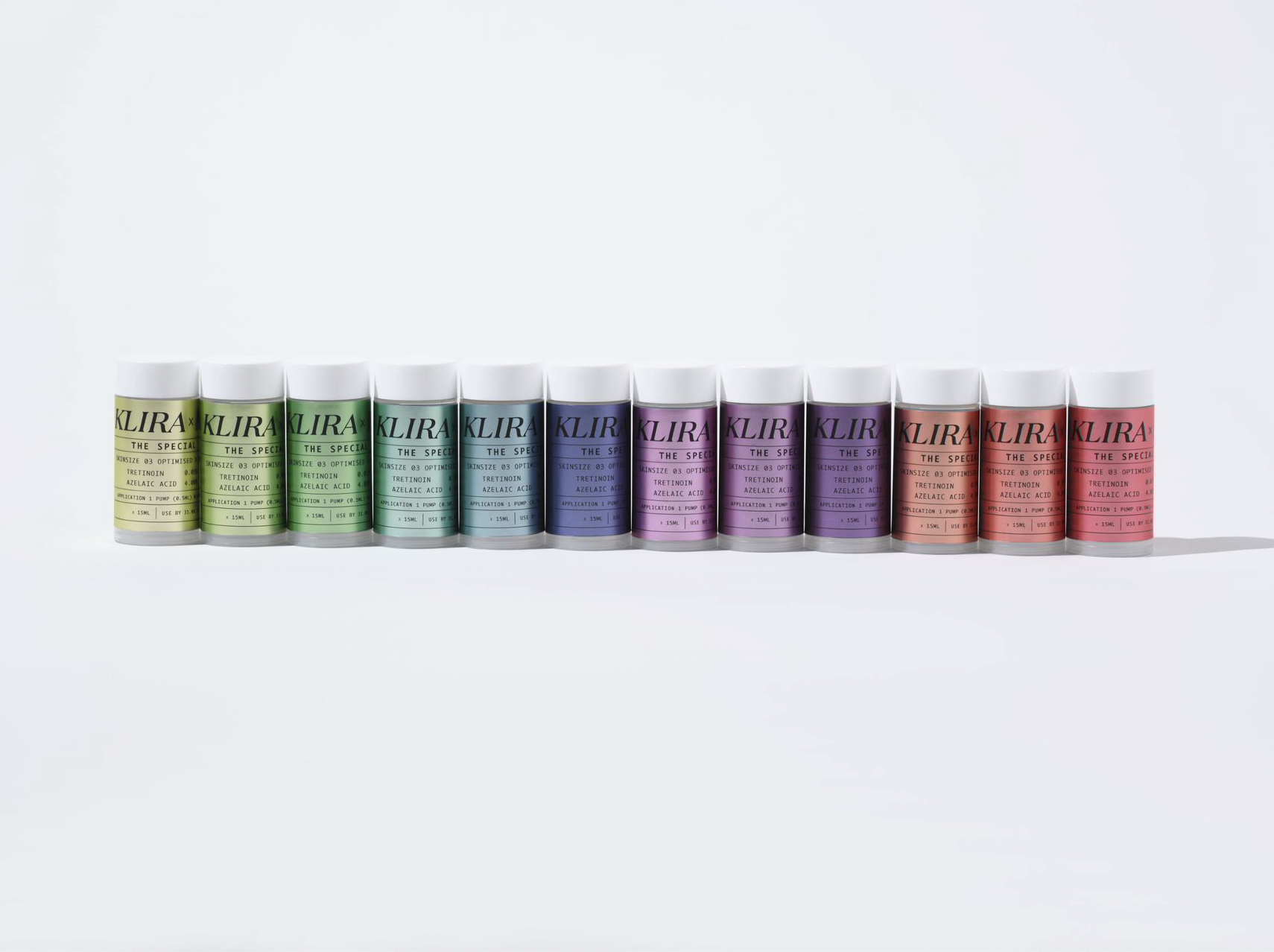
The Advice
My Golden Rules For Healthy Skin:
- Get To Know Your Skin: You must understand your own skin. We are so lucky with the world we live in, and there is advice from every corner, social media, YouTube, magazines, friends – everywhere. But a lot of those people are giving very generic advice. And you can only really use that advice once you understand what’s relevant to you. So my number one tip would be try and understand your skin. It’s why I wanted to make the KLIRA consultation completely free – you can go and fill it in and you’ll be given your skin size and an understanding about where you sit in terms of oiliness, sensitivity and the melanocyte potential of your skin. It takes about 15 minutes but it’s an in-depth consultation to help you understand your skin.
- Keep Things Simple: The skin is, for most people, a very straightforward organ to look after. It needs to be washed properly; have its barrier maintained with a moisturiser; be protected properly; and treated if you have an active problem. It doesn’t need any more than those four things. That’s it. And over complication by having many steps to routines or trying different products will tend to cause problems for people. I would say the vast majority of people who I see, a lot of what it’s down to is just this over complication of their routine. So keep it simple.
- Find The Right SPF For Your Skin: When it comes to protecting your skin, SPF is paramount. Once you find the one that you like, then just stick with it and remember to apply it every single day. You don’t need to apply it all over your body. Most days it’s just the face and the back of the hands. White skin and black skin and all the skin colours in between will benefit from doing that. If somebody said to you, “I’m going to give you this cream and in three years time your skin will be 23% younger than it would’ve been if you didn’t use the cream,” – would you use it? Of course you would, and that’s what daily SPF 50 will do.
- If You Have Skin Concerns Act Quickly: It’s difficult to get to see the GP and it’s difficult to see a dermatologist and affordability might be an issue. And while I don’t want to push it too much, that’s why I wanted to create KLIRA – if you go on to our platform and you’ve got a skin problem, the whole consultation is part of it. And you then have the option to get all of the treatment in place to solve actual skin problems very, very quickly in a pretty cost effective way. You just go to the platform and submit a request for a video consultation. It’s always one of us, our dermatology team, it’s never somebody who’s not a fully trained dermatologist or dermatology nurse. And actually sometimes one of us or the team will say to the person, look, you do need to have a video consultation because you’re either a more complex patient or would like to discuss other treatment options and things like that with you. So it’s very easy to access and then you just go on and do it. In fact, before we had this call today, I saw five patients through video consultation.
- Realise the impact that bad skin can have on your own mental health: And equally that’s the same for other people who have skin issues. And just to be mindful of that. So that would be my top five for good healthy skin.
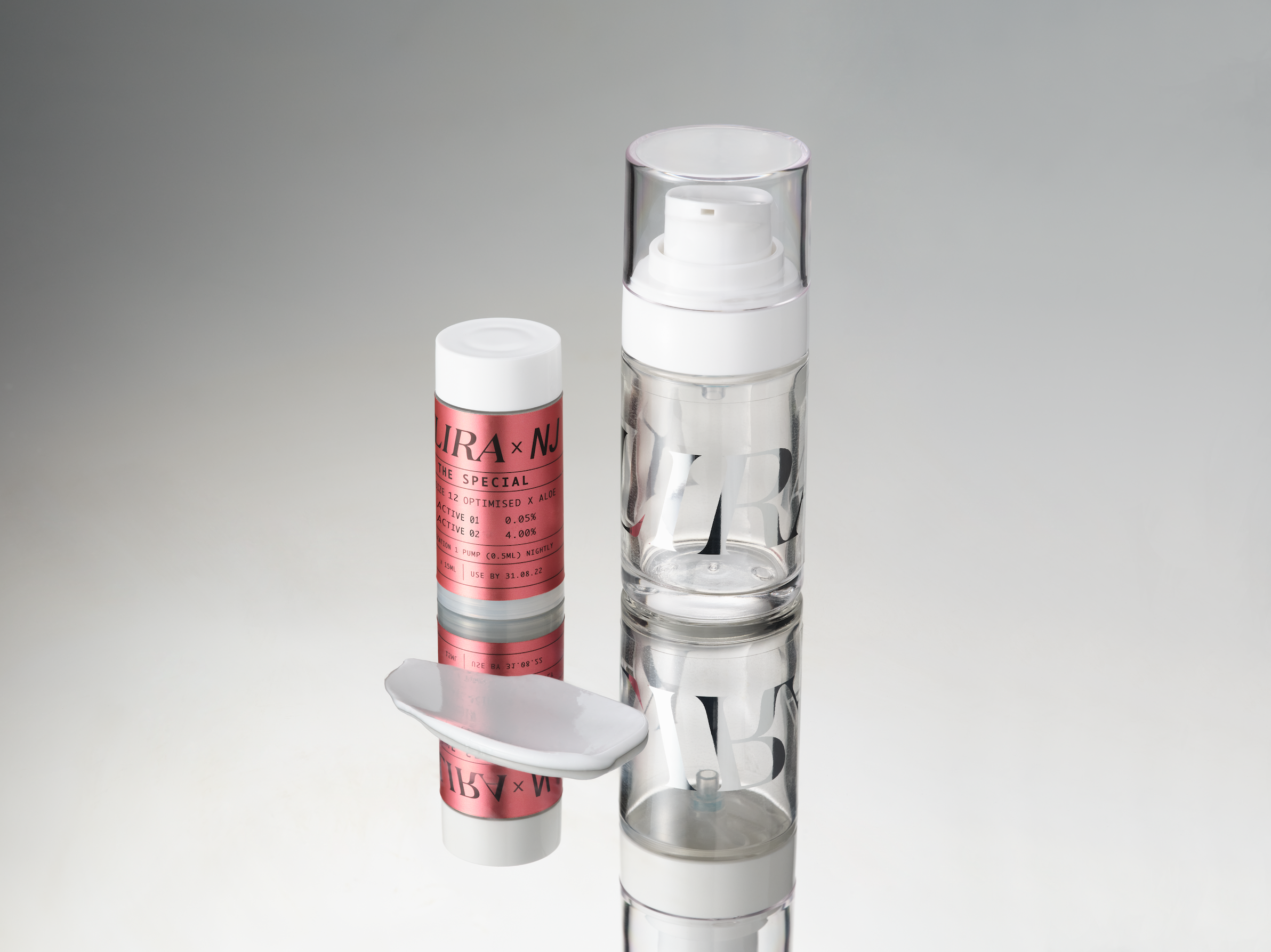
The Kit
Cleansers: I use an oil cleanser, which is the Hada Labo Gokujyun Hyaluronic Olive Oil Cleanser, and I’ll use that always at nighttime to take off my SPF that I’ve had on to make sure it’s all gone. And then I also use another cleanser, which is a Cetaphil Gentle Cleanser, so they’re my two.
Antioxidant: And then in the morning I’ll also use the SkinCeuticals Silymarin CF Vitamin C antioxidant.
SPFs: I alternate between two SPFs really. So it’s either the La Roche-Posay Anthelios SPF50, which is like a fluid, and I’ll always use that in the summer months. But in the winter months, I tend to use the Altruist SPF 50, which is a cream because it’s much more moisturising. It’s got a really good thick barrier which my skin loves as it’s very dry in London. We do lots of walking and I’m always on my bike or the scooter with the kids and that wind would otherwise really irritate my skin.
Foundation: Day-to-day I don’t really wear foundation. I tend not to put any makeup on other than some mascara just because I feel like I don’t want to cover the skin if I’m there talking about skin. However, if I’ve got something special or I’m going out, I will either wear one of two things – number one is the Mac Face And Body Foundation, which is very light one, and the other one is the Westman Atelier Skin Tint Drops.
Concealer: I use Glossier Stretch Balm Concealer. My daughter introduced me to Glossier properly and that’s the one I’m currently using. But again, I don’t really use concealers very much.
Lipstick: I do love lipsticks and I have quite a lot. But my all-time favourites are Gucci Rouge à Lèvres Mat Lipstick, Westman Atelier, Chantecaille and Charlotte Tilbury lipstick.
Mascara: I do like the Charlotte Tilbury Pillow Talk mascara. I just think there’s nothing better than it. I love it.
My Secret Weapon: So for my skin, if I’ve been out the night before or not had enough sleep, then it’s typically because it just doesn’t have enough moisture in it or the skin barrier doesn’t have enough moisture. So typically I will do my oil cleanse and rub it with my fingers to get any of the excess dry skin away. And then I’ll just put an extra thick layer of my moisturising cream on. So I really like the Cetaphil Rich night cream. I’ll just put extra layer of that on, probably let it dry and then even put it on again. That’s my secret really.
Biggest Indulgence: It would be the SkinCeuticals antioxidants. If I want to use a vitamin C that I know is going to be effective and do the job, then I’m only going to use them. It’s got the best evidence to support it. So that’s the one. I use the Silymarin CF Vitamin C.
Best Budget Buy: I would say the best budget buy is the Altruist SPF 50 Face Cream. I think it costs four pounds. It just feels really nice on the skin. And knowing the photo studies that were done on it, the UVA range is excellent, as is the UVB, so I think that is the best budget to buy. They do have Face Fluid as well, which is a tiny bit more expensive (it’s £8), and some people may prefer it but I just like the Face Cream. It’s really thick.
Signature Scent: I have two, they’re both from Le Labo and I love Another 13 and Santal 33. They’re beautiful.
Red Carpet Transformer: I’ve had to do a few photo shoots recently, and one of them was with this amazing photographer but it was a makeup free shoot, so my skin had to be like tip-top. Again, it’s a bit boring, but I would say that to get the skin as smooth as possible, it is about the preparation beforehand. And so using Tretinoin, which is a really good effective exfoliant, for about six weeks will just give such a glow to the skin. So that is a definite, that must happen. And then there are also little tips and tricks that you can do with moisturisers beforehand. So you can do a layering of hyaluronic acid and then a thick emollient on the top of that to plump up the skin for the actual day. It’s a bit like what a HydraFacial does, but you can just do it yourself.
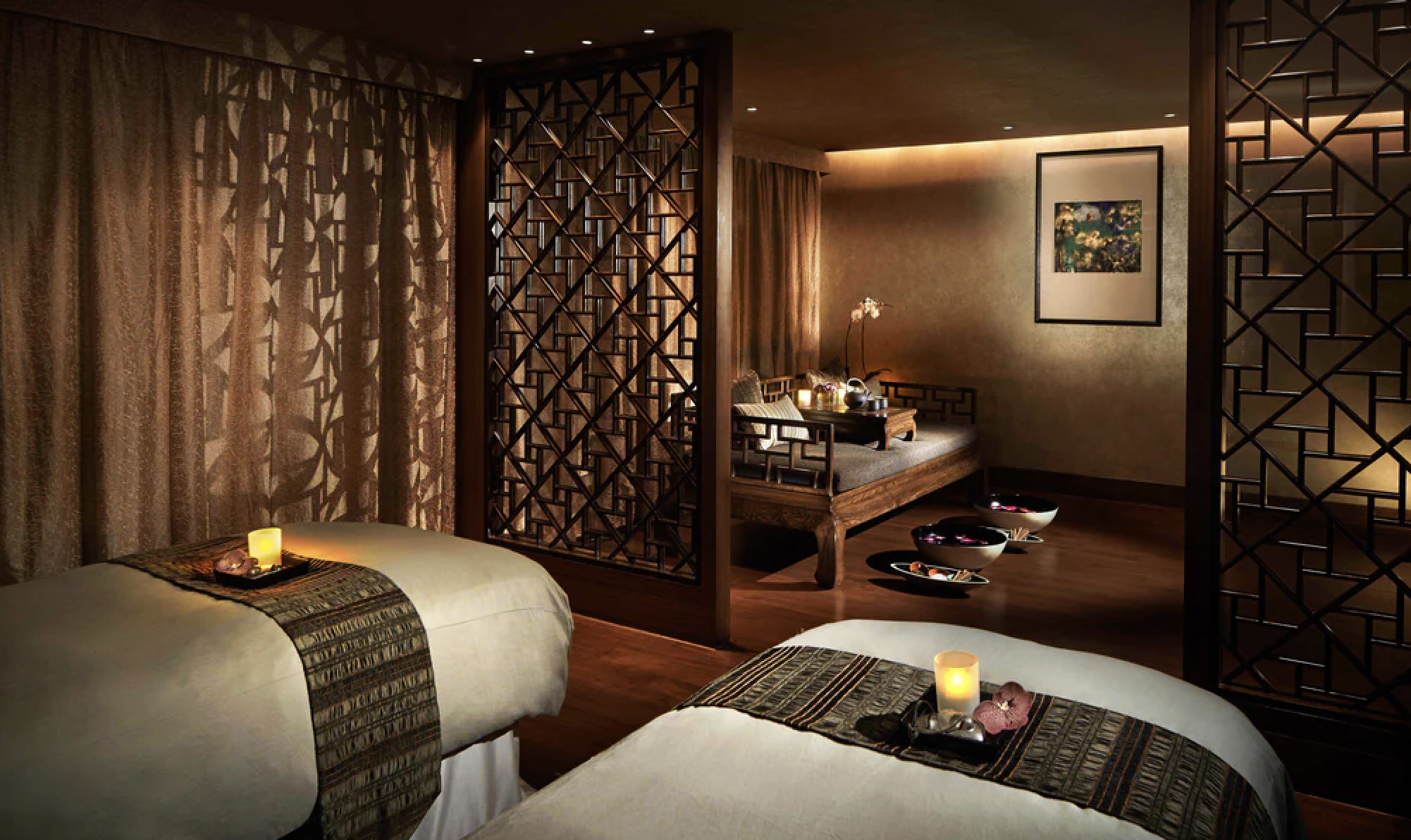
The Experts
Facials: I don’t go for facials, actually. I haven’t had a facial probably for about 20 years. And it’s partly because I think the things that I’d want to achieve with a facial, I can work out how to do at home. And also because I’m so diligent with the use of the retinoids that I do actually worry that somebody will then put on something that might have some alpha hydroxy acids in it that might then irritate. So I actually don’t have any facials at all.
Hair Colourist: I’ve had my hair coloured every colour you can imagine, since about the age of about 16. Not quite sure what my real hair colour is, but I actually have my friend Ruth, who is a hairdresser, and she comes to my house and she does my hair for me.
Favourite Workout: I love high-intensity training and I go to a gym called Rumble.
Nails: I am diligent with where I go for nails because I just think that they’re amazing and it’s something that I love to do as well with my girls, and we really like it. So we go to Camden Nails and Beauty on Parkway in Camden. It’s so good. That’s where I get my pedicures done as well. And I’ve diligently gone there for probably about the last eight or nine years. I’ve tried different ones, but just nothing can beat them there. Yeah, they’re amazing
Massages: It’s just hard to find the time. But when I do go, I go to the Triyoga in Camden.
Eyelashes And Brows: I don’t do my eyebrows, no. But I’ll have eyelash extensions put on and actually Anushka, who is my, I’m going to say practise manager, but she literally runs my life. We actually met because she was my eyelash technician. So when we first met, I was looking for a new medical secretary and she was doing some medical secretary things as well and I said, would you consider coming to work for me? And she said, oh my gosh, yes. So we’ve now been together and she’s been instrumental in the success of KLIRA actually, but she still finds the time to do my eyelashes for me.
Best Spa Treatment: The best spa treatment I’ve ever had, and I can still remember this was a hot stone massage that I had in the Mandarin Oriental in Hong Kong. And it was the best. I mean I can even now feel those stones going on my back and I’ve had hot stone massages multiple times in the hope that I could recreate that moment, which has never happened. But it was undoubtedly the best massage and spa treatment that I’ve ever had.
Get In Touch
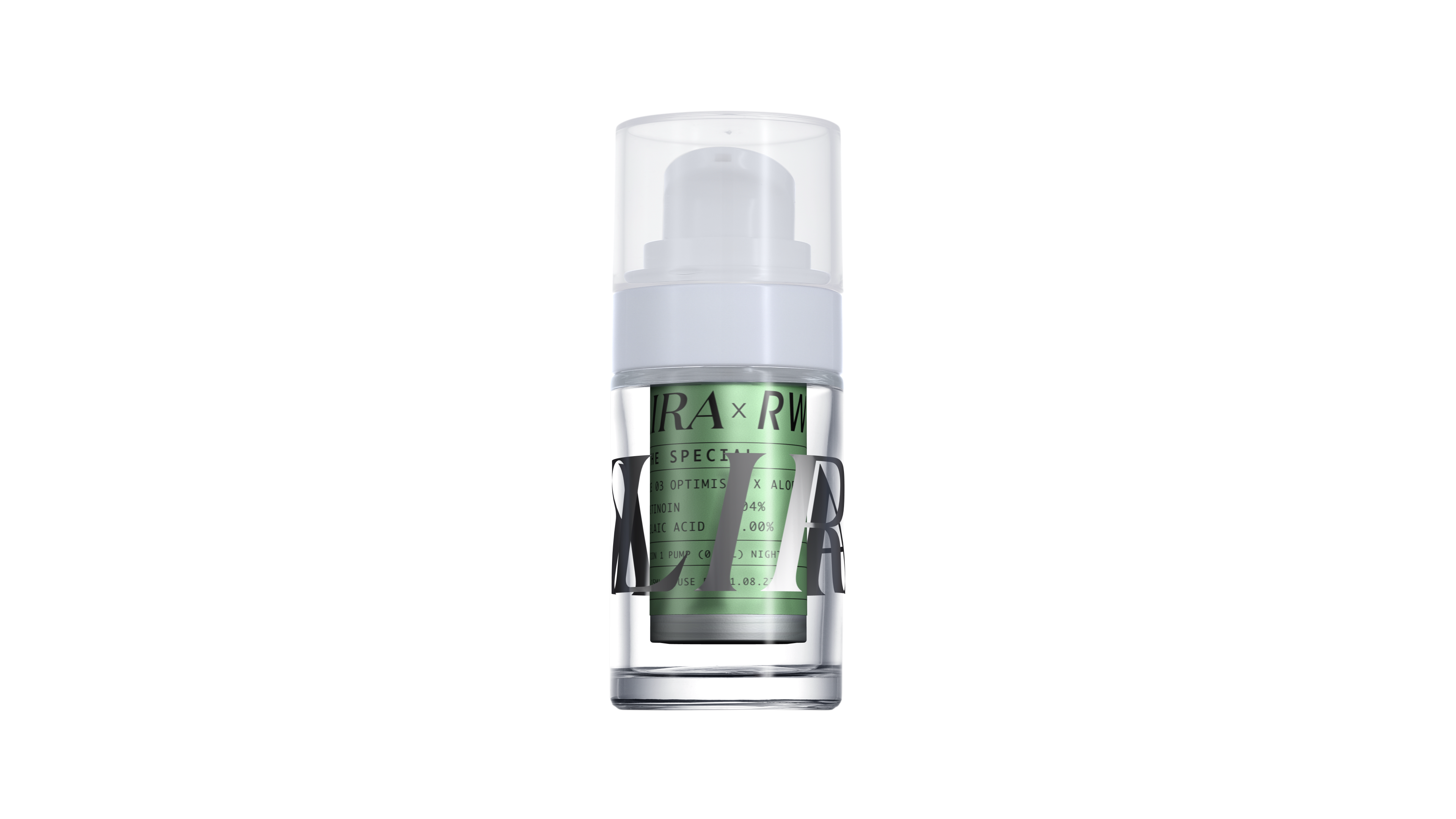
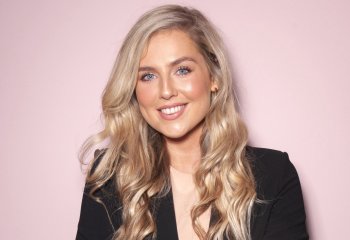
Share it